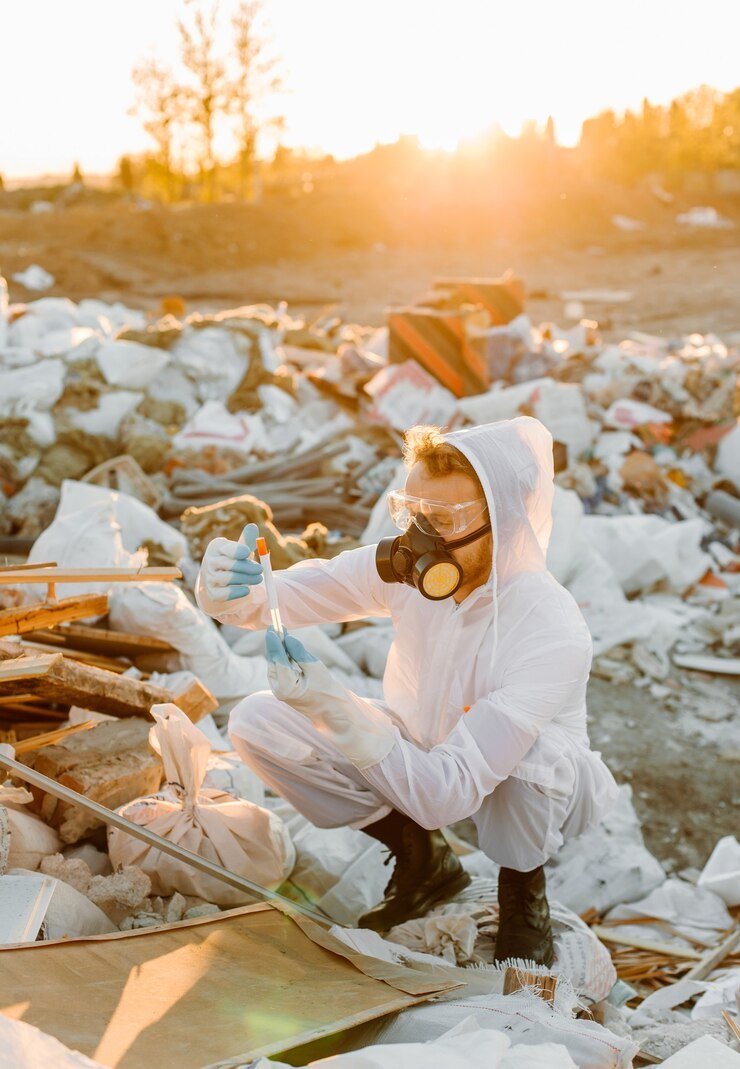Top Reasons Why Environmental Clearance Applications Get Rejected
Introduction
Environmental Clearance (EC) is a crucial approval process mandated by regulatory bodies to ensure that proposed projects adhere to environmental sustainability norms. It is a legal requirement for industries, infrastructure projects, and real estate developments to assess and mitigate their impact on the environment. However, obtaining Environmental Clearance is not always straightforward. Many applications face rejection due to non-compliance, inadequate documentation, or failure to meet environmental standards.
If you’re planning to apply for Environmental Clearance, understanding the common pitfalls can help you avoid costly delays and rejections. This blog explores the top reasons why Environmental Clearance applications get rejected and how you can improve your chances of approval.
1. Incomplete or Incorrect Documentation
One of the primary reasons for Environmental Clearance application rejections is incomplete or inaccurate documentation. Regulatory authorities require a detailed Environmental Impact Assessment (EIA) report, project layout plans, and other supporting documents. Missing or improperly filled forms can lead to immediate rejection.
How to Avoid It:
- Carefully review the required documentation checklist before submission.
- Engage experienced environmental consultants to ensure compliance.
- Double-check for errors and omissions in forms and reports.
2. Lack of a Comprehensive Environmental Impact Assessment (EIA)
The Environmental Impact Assessment (EIA) is a vital component of the clearance process. It evaluates the potential impact of the project on air, water, soil, and biodiversity. Many applications are rejected due to an inadequate or poorly prepared EIA report.
How to Avoid It:
- Conduct a thorough EIA study with expert guidance.
- Address all potential environmental risks with detailed mitigation measures.
- Ensure that the EIA report is in line with the latest environmental regulations.
3. Non-Compliance with Environmental Laws and Regulations
Each country has specific environmental laws that projects must adhere to. If the proposed project violates any environmental norms, it will be denied clearance. Violations may include excessive pollution levels, encroachment on protected areas, or failure to adhere to waste disposal guidelines.
How to Avoid It:
- Stay updated on national and state environmental regulations.
- Work with legal and environmental experts to ensure compliance.
- Implement sustainable practices to minimize environmental impact.
4. Public Opposition and Social Impact Concerns
Environmental Clearance often involves a public consultation process. If local communities or environmental groups strongly oppose the project due to concerns over pollution, deforestation, or displacement, authorities may reject the application.
How to Avoid It:
- Engage with local communities early in the process to address concerns.
- Implement Corporate Social Responsibility (CSR) initiatives to benefit affected communities.
- Modify the project plan to minimize negative social and environmental impacts.
5. Poor Site Selection and Land Use Issues
Choosing an environmentally sensitive location can be a major reason for Environmental Clearance denial. If a project is planned in an ecologically fragile area, such as wetlands, forests, or near water bodies, it is likely to be rejected.
How to Avoid It:
- Conduct a feasibility study to identify suitable locations.
- Avoid areas classified as environmentally sensitive zones.
- Modify project plans to minimize environmental disruption.
6. Failure to Provide Proper Pollution Control Measures
Industries and infrastructure projects must include robust pollution control mechanisms for air, water, and soil. If an application lacks a clear strategy for waste management, emission control, and water conservation, it risks rejection.
How to Avoid It:
- Incorporate advanced pollution control technologies.
- Present a detailed plan for waste disposal and emission reduction.
- Ensure compliance with pollution control norms set by regulatory authorities.
7. Overlooking Climate Change Impact Assessments
With increasing global focus on climate change, authorities now require projects to assess their carbon footprint and climate resilience. Applications that ignore climate-related risks or fail to propose mitigation strategies often face rejection.
How to Avoid It:
- Conduct a carbon footprint analysis and propose emission reduction measures.
- Include renewable energy and sustainable practices in the project design.
- Develop a climate resilience strategy to address potential risks.
8. Inadequate Stakeholder Consultation and Transparency Issues
Transparency in the Environmental Clearance process is crucial. If authorities find discrepancies in project reports, misleading information, or lack of proper stakeholder consultations, they may reject the application.
How to Avoid It:
- Maintain clear and transparent communication with all stakeholders.
- Provide accurate and verifiable information in reports.
- Ensure that all claims in the application are backed by credible data.
9. Lack of Sustainable Development Measures
Regulators prefer projects that align with sustainable development goals (SDGs). If an application lacks provisions for resource conservation, biodiversity protection, and eco-friendly alternatives, it may not be approved.
How to Avoid It:
- Incorporate sustainable materials and energy-efficient systems in project planning.
- Propose initiatives for environmental restoration and conservation.
- Align project goals with government sustainability policies.
10. Delay in Obtaining Necessary Clearances from Other Departments
Environmental Clearance often depends on approvals from multiple regulatory bodies, including the Pollution Control Board, Forest Department, and local authorities. Delays or non-compliance with these agencies can lead to rejection.
How to Avoid It:
- Ensure that all prerequisite clearances are in place before applying.
- Coordinate with multiple agencies to streamline the approval process.
- Address all concerns raised by different departments proactively.
Conclusion
Securing Environmental Clearance is a complex process that requires careful planning, thorough documentation, and strict adherence to environmental regulations. By understanding the common reasons for rejection and taking proactive measures, applicants can improve their chances of approval and contribute to sustainable development.
If you are applying for Environmental Clearance, work closely with environmental consultants, legal experts, and regulatory bodies to ensure compliance. A well-prepared and transparent application will not only save time and costs but also promote responsible environmental practices for a greener future.

